The third in February, and the fourth in 2020. A new fireball could be registered with the SMART Project’s detectors operated at Calar Alto (Almería), La Sagra (Granada), La Hita (Toledo) and Seville observatories.
 This nice object could also be registered with the west surveillance webcam at Calar Alto Observatory in Almería, more than 300 km away of this event.
This nice object could also be registered with the west surveillance webcam at Calar Alto Observatory in Almería, more than 300 km away of this event.
And, again, this is the third that flew above West Andalusia’s skies.
Following the preliminary analysis carried out by the PI of the SMART Project, Professor José María Madiedo (Instituto de Astrofísica de Andalucía IAA-CSIC), this fireball was produced by a detached rock from an asteroid. This object impacted against our atmosphere at a speed of about 145.000 km/h, moving from Northeast to Southwest, most of it above Cádiz province.
The image on the right shows the trajectory this fireball followeb above the ground.
The luminous phenomena started at an altitude of 109 km and finished, close to Cádiz south west coasts, at an altitude of about 57 km above the ground.
Below are the videos that could be registered with the web SMART detector and the west surveillance webcam, both operated at Calar Alto Observatory in Almería.
Calar Alto (CAHA) fireball detection station, together with the one at the Observatory of Sierra Nevada (IAA-CSIC) and others placed at different locations in Spain, are part of the S.M.A.R.T. project led by Professor José María Madiedo (IAA) to track that kind of objects. Specifically, Calar Alto (CAHA) station and the one at Sierra Nevada (IAA-CSIC) constitute a collaboration agreement between the IAA researcher José María Madiedo and both institutions.
 English (UK)
English (UK)
